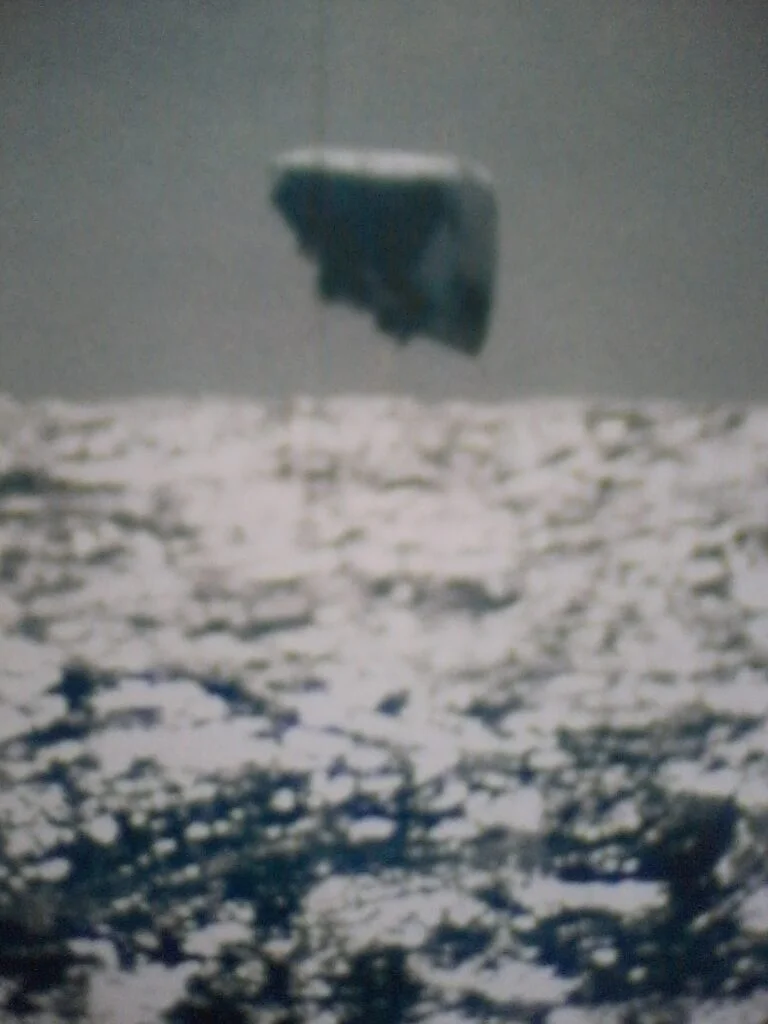The USS Trepang Incident (1971)




The USS Trepang incident of 1971 holds a significant place in Ufology. Not as famous as the Roswell Incident of 1947 or the Rendlesham Forest episode of 1980, the Trepang event is nonetheless surrounded by layers of intrigue, debate, and photos.
The USS Trepang (SSN 674) was a Sturgeon-class nuclear submarine in the US Navy. In March 1971, during a routine mission near Jan Mayen Island in the Arctic Ocean, the submarine allegedly encountered unexplained aerial phenomena. This incident became known to the public largely because of a series of photographs that were released.
Admiral Dean Reynolds Sackett Jr., who commanded the USS Trepang at the time, was at the center of this incident. It is said that while the submarine was surfaced, officers and crew members spotted unusual flying objects. They quickly took photographs of these objects using the periscope. The images depict objects of various shapes and sizes hovering and moving erratically in the sky, with some even diving into or emerging from the water.
Later in 2015, these photos surfaced when a French paranormal magazine called “Top Secret” published them. Accompanying the photographs were snippets of a purported conversation between the Trepang’s crew and an anonymous source who claimed to have been on board during the incident.
- Extraterrestrial Hypothesis: Some believe that the objects in the photos are genuine evidence of extraterrestrial craft. The unpredictable maneuvers and the ability to move seamlessly between the sky and the water are often cited as capabilities beyond human-made crafts of that era.
- Soviet Craft Theory: With the Cold War in full swing, another theory posits that these could have been secret Soviet aircraft or experiments, though there’s little evidence to support this.
- Optical Illusions or Natural Phenomena: Skeptics argue that the images could be optical illusions or misinterpretations of natural phenomena such as icebergs, especially given the Arctic setting.
In the years following the incident, various experts and enthusiasts attempted to decipher the true nature of the Trepang event. While some leaned heavily on the evidence presented in the photos, others dove into archives, looking for testimonies, logs, or any kind of official documentation that might shed light on the episode. However, solid, verifiable information has remained elusive.
Several books and publications have touched upon or looked into the Trepang incident:
- “UFOs and Government: A Historical Inquiry” by Michael Swords and Robert Powell: This book provides a historical overview of how governments, especially the US government, have handled UFO incidents over the years. The USS Trepang event is referenced as one of the many incidents where government reactions and explanations added to the UFO mystery rather than resolving it.
- “The UFO Files: The Inside Story of Real-Life Sightings” by David Clarke: Clarke’s work contains a trove of UFO sightings and encounters, with the Trepang episode being one of them. The author takes a critical approach, trying to separate fact from fiction, and often leaning towards natural or man-made explanations for such incidents.
The photographs themselves are a double-edged sword: while they provide tantalizing evidence, but without a solid chain of custody. Anecdotal accounts from anonymous sources also fall into the latter category.
Specific claims that emerged from the incident are:
- The UFOs were of a non-human origin, showcasing advanced aeronautical capabilities.
- The USS Trepang had a secret mission to monitor or track these UFOs.
- The US government knows about these UFOs and has deliberately kept the information concealed.
The USS Trepang incident of 1971 is a blend of mystery, Cold War-era tensions, and the perennial human fascination with unidentified aerial phenomena. While it might not provide the ‘smoking gun’ proof that UFO enthusiasts seek, it remains an intriguing episode, a testament to the fact that sometimes the oceans and skies hold secrets that we are yet to fully understand.


